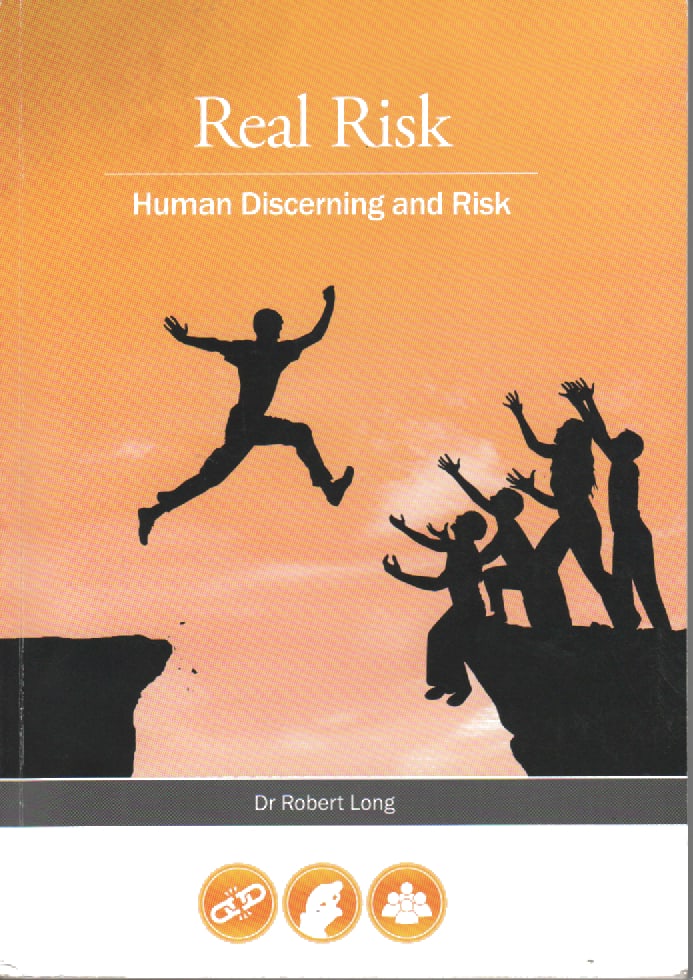Employee Assistance Programs (EAPs) are excellent resources for minimising harm from workplace issues, particularly psychosocial hazards. However this usually occurs after an event or an incident. This reality was emphasised recently by a media release from AccessEAP that revealed “the top five causes of workplace stress” (not available online but an article based closely on the release is available HERE) . The top 5 seems reasonable but the advice in the media release doesn’t seem to address the causes of the top 2 – Job Insecurity and Work Overload. These are difficult hazards to address particularly as the causes may originate outside the workplace but the media release indicates that to be effective safety managers it is necessary to look beyond the company’s fenceline and accept that the prevention of harm is now just as much social and political as it is occupational.
The top 5 triggers of workplace stress according to AccessEAP are:
- Job insecurity
- Work overload
- Organisational change
- Conflict with managers or colleagues
- Bullying and harassment
Such triggers are not unusual. In 2002 the Journal of Occupational & Environmental Medicine (JOEM) reported the following causes of stress at work: Continue reading “Harm prevention needs to look beyond the individual into the corporate and the systemic”


 When people mention safety, they are often really talking about risk. In a similar way, people talk about the absurdity of ‘elf ‘n’ safety when they actually mean public liability or food safety or
When people mention safety, they are often really talking about risk. In a similar way, people talk about the absurdity of ‘elf ‘n’ safety when they actually mean public liability or food safety or